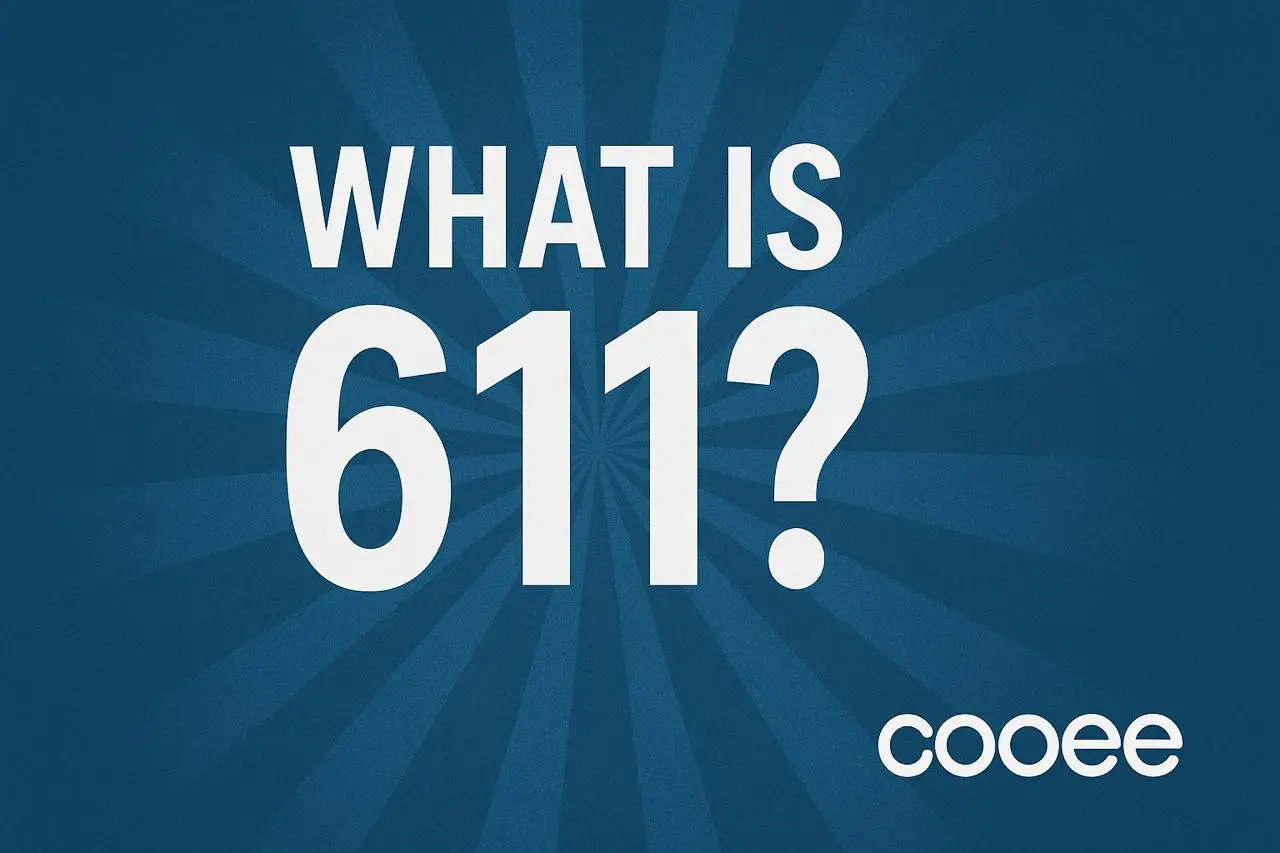The blog “10 Simple Ways to Find the Owner of a Phone Number in 2026” explores modern and reliable methods for identifying unknown callers. It highlights free and paid tools such as Google, Truecaller, reverse lookup sites, and professional data services. The post also discusses AI-powered VoIP analytics by CallCooee, enabling real-time caller identification, fraud detection, and CRM integration ideal for businesses managing high call volumes. It concludes by emphasizing the importance of caller verification for privacy, safety, and efficient communication.
Have you ever received a call from a number you don’t recognize? Whether it’s a missed call, a spam message, or a potential client, knowing who’s calling is important in today’s connected world.
With better technology and digital databases, there are now more ways than ever to find the owner of a phone number. In this 2026 guide, we’ll break down 10 effective methods to identify unknown callers ranging from simple online lookups to advanced tools used by businesses and professionals.
1. Use a Reverse Phone Lookup Website
The easiest and most popular way to trace a number is through reverse phone lookup tools. These databases collect information from public records, carrier data, and social platforms to show details linked to a specific number.
Popular Examples
- Whitepages
- TruePeopleSearch
- Spokeo
- NumLookup
Most sites offer free basic information such as the name, location, or carrier, while paid versions reveal address history, social profiles, or business data.
2. Try Google Search
One of the fastest ways to find out who’s behind a number is to simply Google it.
How to Do It:
- Type the full number (with country code) in quotes, like ” +1 202 555 0148 “.
- Review search results from social networks, forums, or public listings.
- Cross-check names or businesses that appear multiple times.
Google indexes millions of public records, so if that number is connected to an online profile, you’ll likely find it here first.
3. Search on Social Media Platforms
Many people use their phone numbers to verify accounts on social platforms. This can help you identify them quickly.
Try Searching On:
- Facebook: Enter the number directly in the search bar.
- LinkedIn: Ideal for identifying business contacts or sales leads.
- Instagram: Use the search or synced contacts feature.
- Telegram or WhatsApp: Try adding the number to your contacts—sometimes the profile name or photo appears.
4. Check Caller ID and Spam Detection Apps
Apps like Truecaller, Hiya, and CallApp are global leaders in identifying unknown calls. They use massive crowdsourced databases to instantly display:
- Caller name
- Spam score
- Organization
- Call history
These apps are available for both Android and iOS, and they’re constantly updated with millions of new entries each day.
Bonus Tip:
Some VoIP providers, including CallCooee, offer built-in caller ID and spam detection within their platform saving time and keeping your communication clean.
5. Contact Your Mobile Carrier
If the call seems suspicious or frequent, you can reach out to your carrier’s customer service (611). They can’t always disclose personal details, but they can:
- Verify if the number belongs to a registered network.
- Block known spam numbers.
- Assist with harassment or security concerns.
6. Use a SIM Card or Network Checker
Some online tools and telecom apps can identify which network or country a number belongs to. This can help narrow down the owner’s region or service provider.
Examples:
- FreeCarrierLookup.com
- PhoneValidator.com
- Global Phone Checker APIs
These tools provide:
- Network type (mobile, VoIP, or landline)
- Carrier name
- Country and city of registration
7. Check Online Marketplaces and Classified Sites
If the number is used for business or selling purposes, it might appear on:
- Craigslist
- eBay
- Facebook Marketplace
- Local classifieds
Enter the number directly in each site’s search bar. Many sellers or agents use their mobile numbers publicly for contact purposes, making this a surprisingly effective method.
8. File a Complaint or Report the Number
If you suspect a number is being used for spam or scams, you can report it to:
- FTC Do Not Call Registry (U.S.)
- Canadian Anti-Fraud Centre
- Your local telecom regulator
Reporting helps reduce future spam and may trigger investigations that identify the number’s source.
9. Use a Professional Lookup or Data Broker Service
For legal, corporate, or investigative needs, professional lookup services can go beyond standard online tools.
Reliable Options:
- BeenVerified
- Intelius
- PeopleFinders
- CheckPeople
They use verified databases including:
- Public records
- Criminal history
- Property ownership
- Business registration data
These services often charge a small fee but provide more accurate and up-to-date information.
10. Leverage AI-Powered VoIP Analytics (For Businesses)
By 2026, many VoIP systems now include AI-based caller analysis instantly flagging unknown or suspicious numbers using behavioral data.
With CallCooee’s VoIP and Global Number Solutions:
- You can identify and label repeat callers automatically.
- Detect spam or fraudulent behavior before answering.
- Access call metadata (time, region, frequency).
- Integrate CRM tools to log caller identities.
This advanced option is especially valuable for sales, customer support, and remote teams who handle high call volumes daily.
Bonus Tip: Always Verify Before Sharing Personal Info
Scam callers are getting more sophisticated. Never share sensitive data like passwords, PINs, or bank details with unverified callers even if they claim to be from a familiar company.
If you’re unsure, hang up and call back through the company’s official contact number.
Quick Comparison Table: Best Methods to Identify a Caller
| Method | Cost | Accuracy | Works on VoIP? |
| Google Search | Free | Medium | Yes |
| Social Media Search | Free | High (if public) | Yes |
| Truecaller / Hiya | Free / Paid | High | Yes |
| Reverse Lookup Sites | Free / Paid | High | Yes |
| Carrier Help (611) | Free | Medium | No (for VoIP) |
| SIM / Network Checker | Free | Medium | Yes |
| Professional Lookup | Paid | Very High | Yes |
| AI VoIP Analytics | Paid | Very High | Yes |
Why It’s Important to Identify Unknown Numbers
- Avoid scams and spam calls that waste time or put data at risk.
- Protect personal and business security.
- Improve communication efficiency by identifying important calls faster.
- Build better customer relationships by knowing who’s reaching out.
In a business context, having verified caller data is crucial for lead management and customer retention.
Conclusion
Finding out who’s behind a phone number is no longer complicated. From free online searches to professional lookup tools, you have multiple reliable ways to uncover an unknown caller in 2026.
For individuals, tools like Truecaller or Google may be enough. But for businesses managing large-scale communications, AI-backed VoIP systems like CallCooee offer unmatched accuracy, automation, and security.
Also read:- How to Know If Your VoIP System Has Been Hacked: 5 Warning Signs








